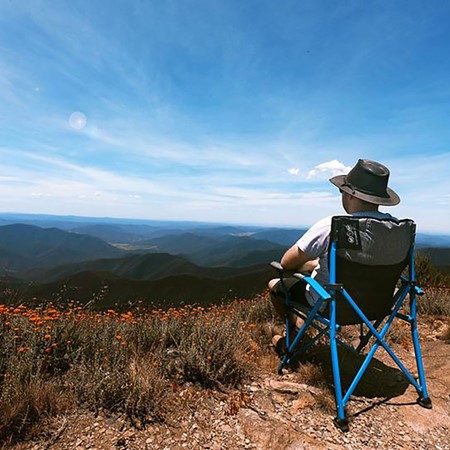
Reviews

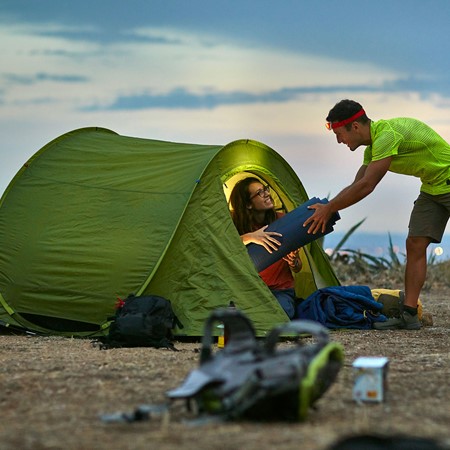
Shining a light on portable headlamps
1 December 2023Light up your camping nights with hands-free convenience! Discover versatile, water-resistant, and compact headlamps. Choose the best for your adventures.
Read More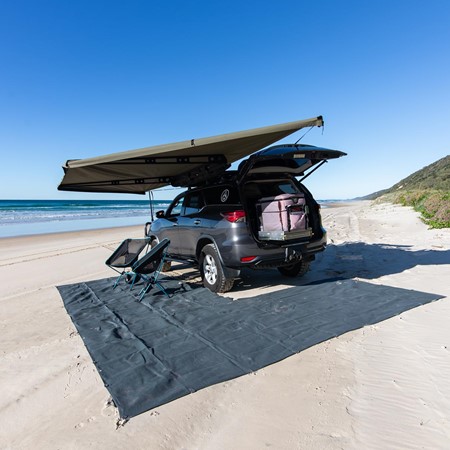
CGear — Camping Gear Designed for Aussie Conditions
2 October 2023CGear is proudly an Australian owned company, and designs camping gear specifically to withstand Australian conditions
Read More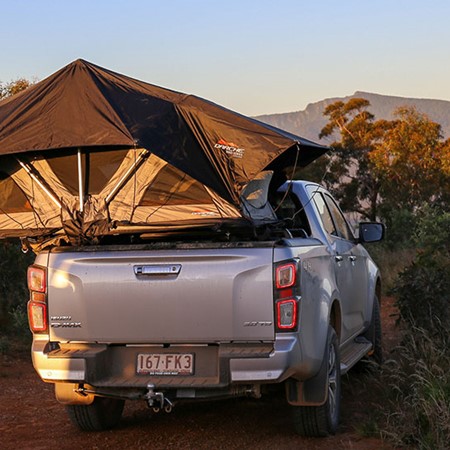
Review: DARCHE Kozi 1300 Roof Top Tent
12 September 2023Camper Australia put the DARCHE Kozi 1300 RTT to the test and can confirm it is designed with the end user in mind.
Read MoreDestinations

Top 5 things to do in Katherine, Northern Territory
8 April 2024The Katherine region is an Australian outback gem, and it is one of the best places to experience the natural beauty of the Northern Territory.
Read More
Exploring Cape Leveque, Dampier Peninsula — WA
27 March 2024Located on the tip of Dampier Peninsula in the Kimberley, WA, Cape Leveque offers a bounty of natural wonders, remote campsites and cultural experiences.
Read More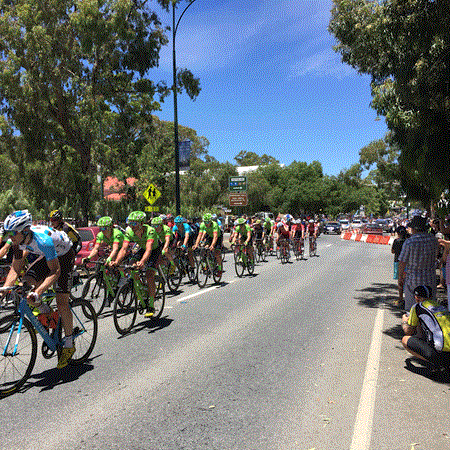
Head south for the Tour Down Under
12 January 2024 Read More
Three of the best national park camps in New South Wales
1 January 2024Explore Coolah Tops, Mutawintji and Toorale national parks. From snow gums to ancient gorges, discover nature’s wonders in these New South Wales gems.
Read MoreNews & Events
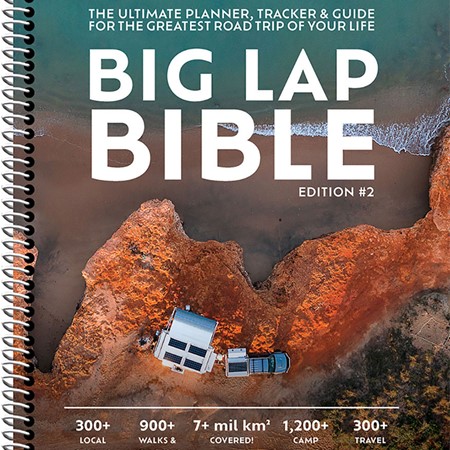
Plan your big lap with the Big Lap Bible
3 April 2024 Read More
The iconic Ford F-150 is now available in Australia
26 February 2024Ford Australia has begun customer delivery of the iconic Ford F-150.
Read More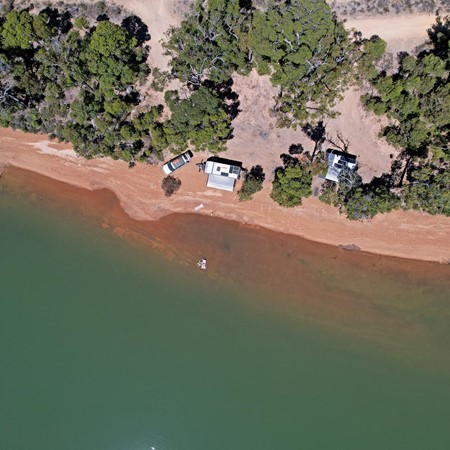
Caravan Industry Warned against Price and Weight Claims
19 February 2024The ACCC is putting the caravan industry on notice regarding misleading representations in advertising.
Read More
Track Trailer joins the Kratzmann Caravans & Motorhomes lineup
16 February 2024Get ready for your next adventure with Track Trailer's rugged offroad campers, now proudly offered at Kratzmann Caravans & Motorhomes.
Read More
